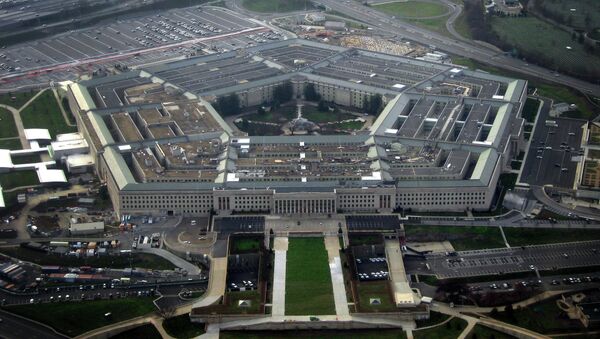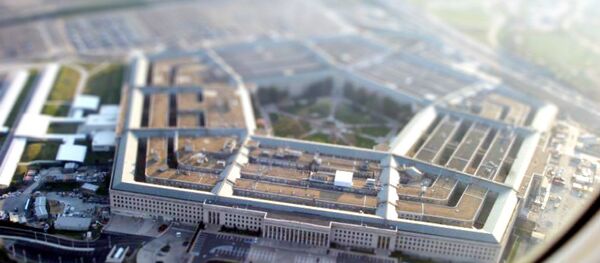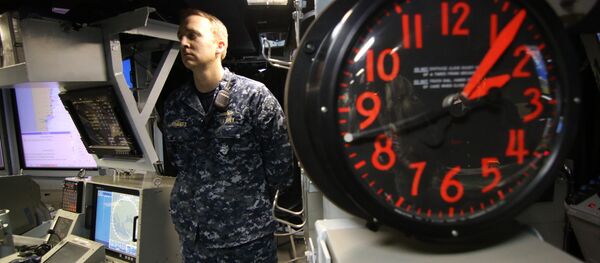The so-called “surge forces” are a part of the Defense Department’s new cyber strategy, and would help defend the energy sector, telecommunications and other critical infrastructure, Defense Principal Cyber Adviser Eric Rosenbach told a Senate Armed Forces subcommittee.
As many as 2,000 National Guard and Reserve personnel could be called to support Cyber Mission Force, one of three Cyber Command forces that would react to a cyberattack on the nation.
As military and government agencies compete with private sectors for cyber talent, the Pentagon continues to look for new ways to attract high-tech experts. That includes ramping up National Guard and Reserve recruiting efforts in places like California's Silicon Valley.
“There’s an important role for the National Guard and the Reserve,” Rosenbach said. “We want to capitalize on the expertise that folks who are in the private sector, but still want to serve their country, have.”
Rosenbach said the US is a “glass house” that should avoid launching a cyberattack against an enemy, because the DoD still does not have the capabilities and resources needed to defend against an ensuing counterattack.
"I'm very worried about how vulnerable we are, and that someone would then follow our example and just try to show the US that they could also take down part of the infrastructure to demonstrate that," he said.
"So, I think a cautious approach where we're conservative and we try to keep things stable is quite important.”
As a whole, the DoD is looking to hire 3,000 cyber experts by December 31. Cyber Command is slated to be at full capacity in fiscal 2018, with 6,200 military and civilian personnel. The force is currently about half-staffed.
Air Force Lieutenant General James K. McLaughlin, Cyber Command deputy commander, said all Guard and Reserve troops, including the cyber experts, will be trained to the same standards as active duty soldiers.




